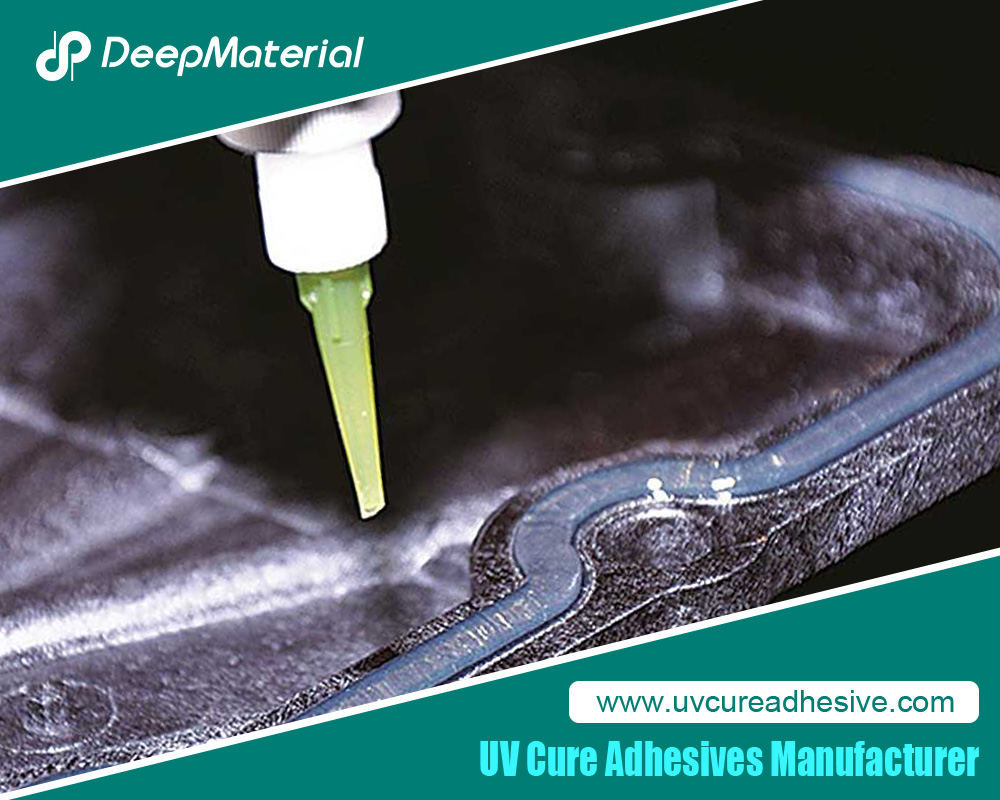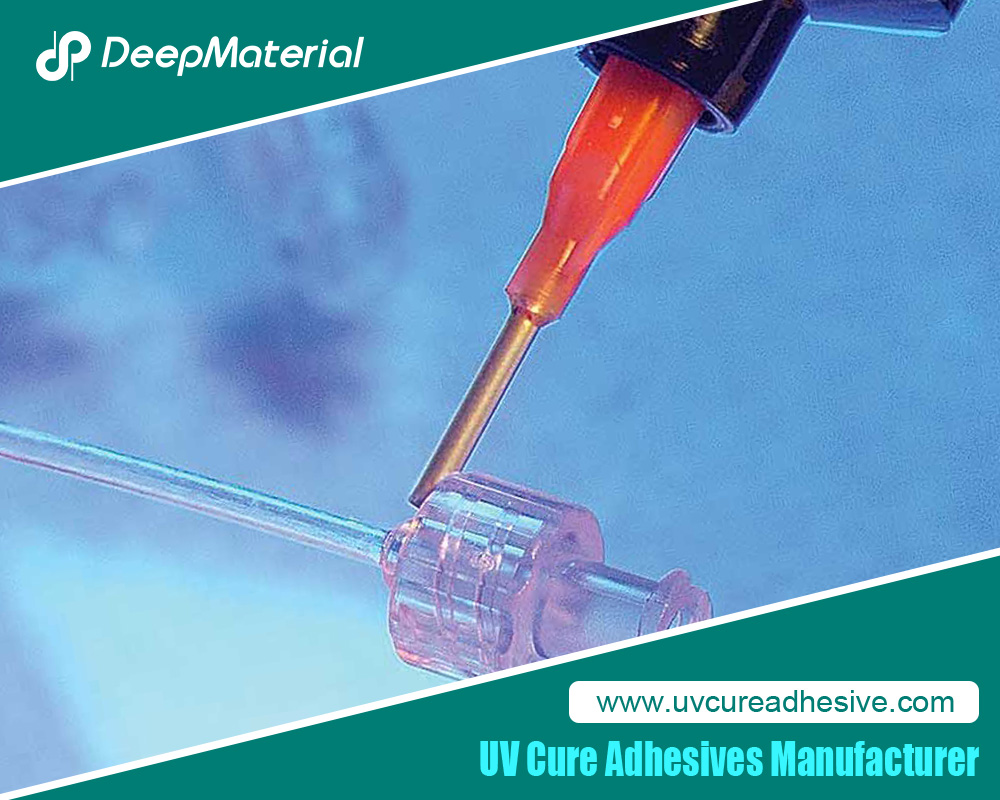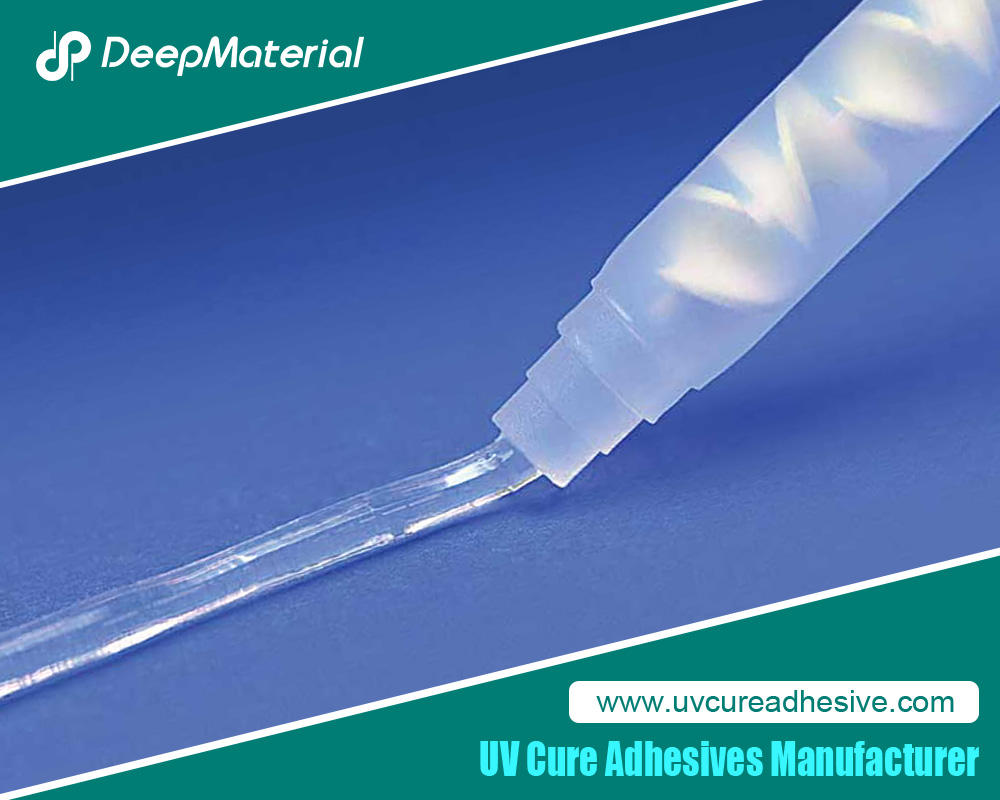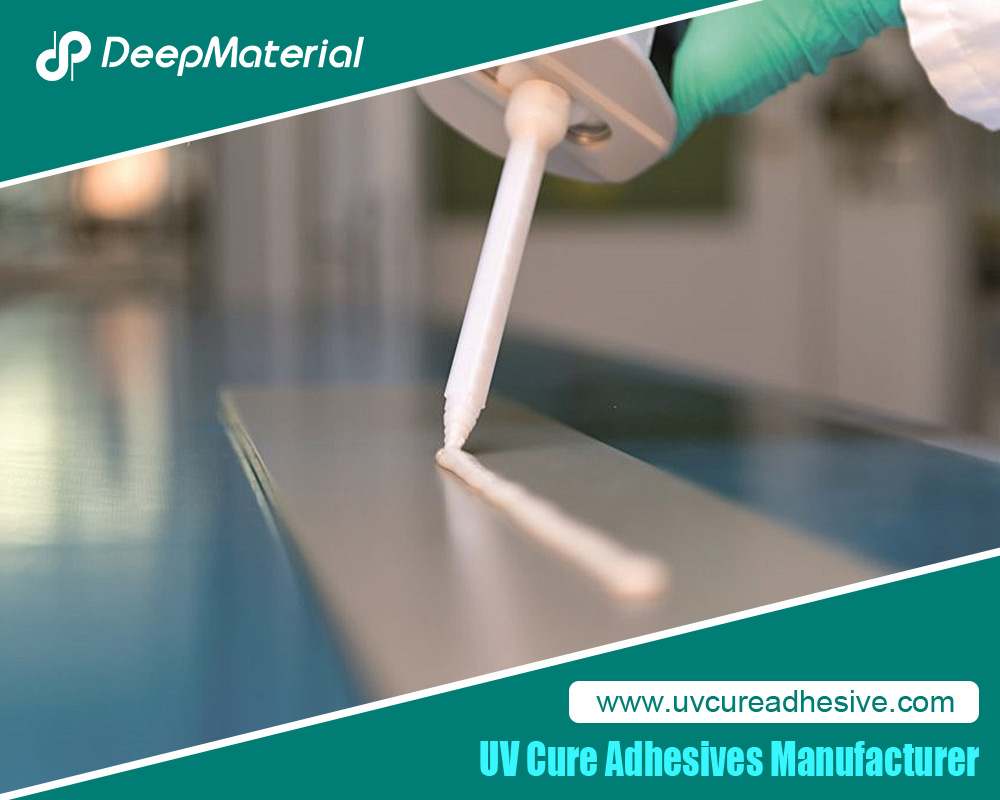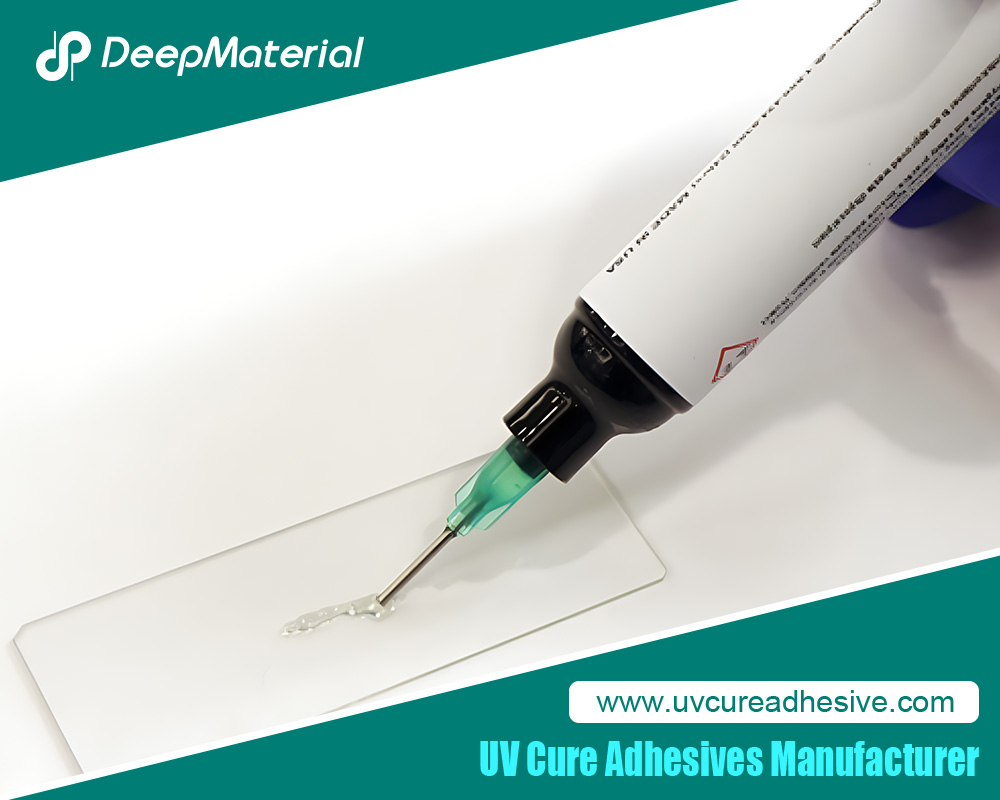Analysis of the Assurance of Transmittance of UV Glue after Curing and the Influencing Factors of Yellowing and Haze
In the field of optical device manufacturing, UV glue has been widely used due to its characteristics of rapid curing and high bonding strength. However, the transmittance of the glue after curing directly affects the performance of optical devices. In application scenarios such as lenses, optical prisms, and optical fibers, the yellowing of the glue or the increase in haze will lead to problems such as the attenuation of the optical signal and the decline in imaging quality. Therefore, studying how to ensure the transmittance of UV glue after curing and clarifying the key components that cause yellowing and haze increase is of great technical significance and application value.
Composition and Curing Principle of UV Glue
Basic Composition
UV glue is mainly composed of prepolymers, monomers, photoinitiators, and additives. The prepolymer is the skeletal component of the glue, determining its basic properties; monomers are used to adjust the viscosity and curing speed; photoinitiators generate free radicals or cations under ultraviolet irradiation, initiating the polymerization reaction; additives include stabilizers, plasticizers, fillers, etc., which are used to improve the comprehensive properties of the glue.
Curing Principle
When the UV glue is irradiated by ultraviolet light of a specific wavelength, the photoinitiator absorbs photon energy and transitions from the ground state to the excited state. The photoinitiator in the excited state generates free radicals or cations through cleavage or hydrogen abstraction, and these active species initiate the polymerization reaction of prepolymers and monomers, rapidly transforming the glue from a liquid state to a solid state and completing the curing process.
Analysis of Components Affecting the Transmittance of UV Glue after Curing
Influence of Resins (Prepolymers)
1. Structure and Purity
The chemical structure of the resin has a significant impact on the transmittance. Resins containing structures such as benzene rings and conjugated double bonds are prone to oxidation reactions under ultraviolet irradiation, leading to changes in the molecular structure and, in turn, causing yellowing. For example, the bisphenol A structure in epoxy resin is easily oxidized under long-term light exposure, generating chromophores and reducing the transmittance. In addition, impurities remaining in the resin, such as unreacted monomers and catalysts, will also absorb or scatter light, increasing the haze.
2. Crosslinking Density
Excessive crosslinking density will cause the formation of an overly dense network structure inside the glue, hindering the propagation of light and increasing the haze. On the other hand, too low a crosslinking density may lead to incomplete curing of the glue, with unreacted low-molecular substances present, also affecting the transmittance. By reasonably controlling the crosslinking density and adjusting the types and ratios of prepolymers, the transmittance performance can be optimized while ensuring the bonding strength.
Influence of Photoinitiators
1. Types and Dosages
Different types of photoinitiators have different effects on the transmittance. Free radical photoinitiators such as benzyl ether derivatives are prone to side reactions during the curing process, producing colored substances and causing yellowing. However, oxime ester photoinitiators are relatively stable after curing and have a lower tendency to yellow. In addition, when the dosage of the photoinitiator is too high, the excess photoinitiator molecules will remain in the adhesive layer after curing, absorbing light and reducing the transmittance; when the dosage is too low, the curing will be incomplete, also affecting the transmittance performance.
2. Photolysis Products
The stability of the photolysis products of photoinitiators after absorbing ultraviolet light and undergoing photolysis is crucial. The photolysis products of some photoinitiators may have light absorption properties or react with other components in the glue system to generate chromophores, thus leading to yellowing and an increase in haze. For example, the photolysis products of some α-hydroxyketone photoinitiators will be further oxidized under high temperature or long-term light exposure, producing yellow substances.
Influence of Additives
1. Stabilizers
In order to improve the storage stability of UV glue, stabilizers are usually added. However, some stabilizers may react with photoinitiators or resins, affecting the curing process and producing by-products, which in turn affect the transmittance. For example, some antioxidants may be oxidized during the curing process, forming colored substances and causing yellowing.
2. Plasticizers
The addition of plasticizers can improve the flexibility of the glue, but the compatibility of some plasticizers is poor. They will precipitate during the curing process, forming tiny particles that scatter light and increase the haze. In addition, the stability of the plasticizers themselves will also affect the transmittance performance of the glue. Unstable plasticizers may decompose under light or high temperature, producing colored substances.
3. Fillers
Fillers are often used to improve the hardness, thermal conductivity, and other properties of the glue. However, the particle size, dispersibility, and refractive index of the fillers have a significant impact on the transmittance. If the particle size of the filler is too large, it will scatter light and increase the haze; uneven dispersion of the filler will lead to enhanced local light scattering; a large difference in the refractive index between the filler and the glue matrix will also cause reflection and scattering at the interface, reducing the transmittance.
Technical Strategies for Ensuring the Transmittance of UV Glue after Curing
Optimize the Resin System
Select prepolymers with stable structures and low impurity content, such as aliphatic polyurethane acrylates, which do not contain benzene ring structures prone to oxidation and have a low tendency to yellow. At the same time, strictly control the synthesis process of the resin, reduce the content of residual monomers and catalysts, and improve the purity of the resin. By adjusting the functionality and molecular weight of the prepolymer, the crosslinking density can be optimized, and the transmittance can be improved while ensuring the bonding performance.
Reasonably Select Photoinitiators
According to specific application requirements, select photoinitiators with a low tendency to yellow and stable photolysis products. For example, for applications with high requirements for optical performance, oxime ester photoinitiators or composite photoinitiator systems can be selected. Through the synergistic effect of different photoinitiators, the curing efficiency can be improved, and the risk of yellowing can be reduced. Precisely control the dosage of the photoinitiator and determine the optimal addition ratio through experiments to avoid affecting the transmittance due to improper dosage.
Carefully Select Additives
When selecting additives, fully consider their compatibility and stability with the glue system. Select plasticizers with good compatibility and low tendency to precipitate; select stabilizers with excellent antioxidant performance and no side reactions with other components. For fillers, select varieties with small particle size, good dispersibility, and a refractive index close to that of the glue matrix, and adopt appropriate dispersion processes to ensure that the fillers are uniformly dispersed in the glue, reducing light scattering.
Optimize the Curing Process
Reasonably control the wavelength, intensity, and irradiation time of the ultraviolet light to ensure that the glue is fully cured while avoiding yellowing and performance degradation caused by overcuring. Adopt a segmented curing process, first pre-curing the glue with low-intensity ultraviolet light to make it initially take shape, and then completing the complete curing with high-intensity ultraviolet light. This can reduce the internal stress and yellowing caused by too fast a curing speed. In addition, control the temperature and humidity of the curing environment to avoid the adverse effects of high temperature or high humidity on the curing process of the glue.
Conclusion
The transmittance of UV glue after curing is affected by various components such as resins, photoinitiators, and additives, and is also closely related to the curing process. By optimizing the resin system, reasonably selecting photoinitiators and additives, and combining with advanced curing processes, the transmittance of UV glue after curing can be effectively ensured, the problems of yellowing and haze increase can be reduced, and the requirements for high-performance UV glue in optical device manufacturing can be met. In the future, with the continuous development of materials science and process technology, the transmittance performance of UV glue will be further improved, providing strong support for the innovative development of the optical field.
For more about analysis of the assurance of transmittance of UV glue after curing and the influencing factors of yellowing and haze, you can pay a visit to DeepMaterial at https://www.uvadhesiveglue.com/ for more info.

